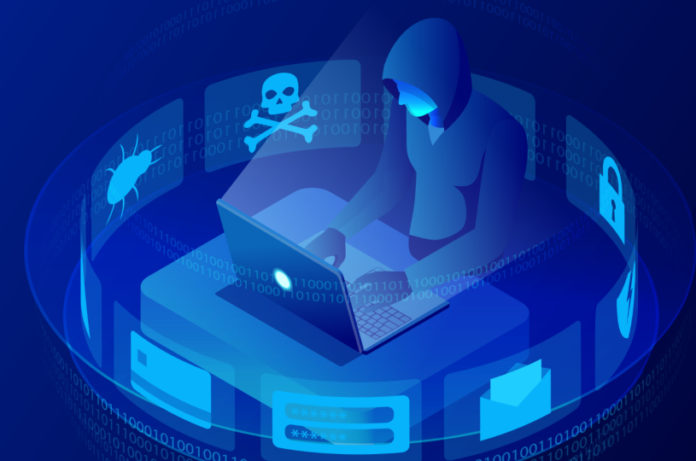Computer systems and electronic data are protected by a variety of technologies and practices known as “cyber security.” With more and more of our lives being conducted online, this is a huge and rapidly expanding industry.
As defined by the CISA, when it comes to protecting networks, devices, and data from unauthorized access or criminal use, cyber security is the “art” of protecting them from unauthorized access or criminal use.
An easy-to-exploit software flaw has likely resulted in an unprecedented number of computer hacks around the world, according to the nation’s top cyber-security agency.
As a widely used piece of open-source software, Log4j has a flaw that could allow attackers into the system. Numerous opportunities to exploit this flaw exist because of the widespread use of Log4j in numerous applications and the fact that most modern organizations’ computer networks consist of numerous disparate programs.
It’s likely that many computer systems have already been compromised.
In spite of the fact that the vulnerability is unlikely to impact the security of personal devices, it could be used to gain a foothold in the hacking of any online organization that does not regularly update its software.
Security experts all over the world have been working feverishly to fix a vulnerability that hackers were exploiting to trick users into mining cryptocurrency for them and hacking private Minecraft servers.
As of this writing, there have been no reports of major hacks resulting from the Log4j vulnerability making the news.
New vulnerabilities are widely available and easy to exploit.
Are Cyber Attacks Real?
Cyber attacks are unwanted attempts to steal, expose or alter information through unauthorized access to computer systems, or to disable or destroy it entirely.
The three main categories of cyber attacks are criminal, political, and personal, and they all fall into one of these three categories: cyber warfare, cyber terrorism, or hacktivists.
Crime-motivated attackers typically seek financial gain by stealing money, stealing data, or disrupting businesses. Personal attackers, on the other hand, include disgruntled current or former employees who will steal money or data in order to infiltrate a company’s systems. As a form of hacktivism, motivated socio-political attackers seek publicity for their cause, which leads to their attacks being known to the general public. Other sorts of cyberattacks include spying in order to get an unfair advantage over your competitors, as well as intellectually challenging you and your employees.
It was reported in 2019 that every 11 seconds, according to CISA, there is a ransomware attack, a dramatic increase from the 39 seconds. Nearly 43% of all cyberattacks target small businesses, a 400% increase.
As a result of a lack of security infrastructure, small businesses are attractive targets for criminals. According to an association, small business owners believe that their businesses are vulnerable to attack. This is due to the fact that many of these organizations:
- Can’t afford to hire a full-service IT firm.
- Clueless as to where to begin
- Have a limited amount of free time to devote to cyber security initiatives
Cybersecurity Threats
Some of the most common cyberattacks include:
Ransomware, Viruses, Phishing, and Malware
Phishing – It is the practice of sending fraudulent communications that appear to come from an established source, such as CISCO, in order to steal money. Typically, this is done via email or phone call. Malicious software can be downloaded on a target’s computer in order to get access to sensitive information, such as financial information or login credentials.
Ransomware – Malware that encrypts files on a target device, making those files and the systems they rely on unusable, is called ransomware, according to CISA. There is a demand for ransom once the system has been encrypted.
Viruses – Computer viruses are harmful programs that are meant to propagate from one computer to another as well as to other devices that are linked to the computer network. The goal of a virus is to allow an attacker to gain access to infected computers. In many cases, malware disguises itself as a legitimate application, steals data, disrupts services, or downloads more malware, according to Proofpoint.
Malware – Intrusive software developed by cybercriminals to steal data or damage and destroy computers and computer systems is known as malware, also known as malicious software, according to CISCO. Massive amounts of data can be taken by malware. Viruses, worms, trojans, spyware, adware, and ransomware are some examples of common malware.








